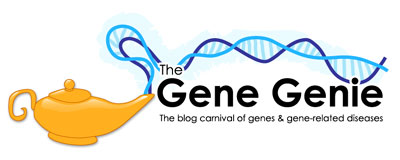I’ve written about GINA at least twice before. GINA, or the Genetic Information Nondiscrimination Act, is a piece of legislation that would protect individuals from discrimination based upon their genetic information by employers or insurance companies.
I just learned at the PCD Foundation Blog that a “hold” has been placed upon GINA in the Senate. The bill flew through the House of Representatives, and President Bush has said that he would sign the bill into law, but it is now stuck in the Senate. Senator Tom Coburn, M.D., A Republican from Oklahoma, has placed the Hold on the bill. According to Senator Coburn’s Wikipedia article:
“According to the Boston Globe, Tom Coburn has blocked passage of the Genetic Information Nondiscrimination Act (GINA), a bill that would prevent health insurers and employers from using genetic information in decisions of employment or insurability. Senator Coburn objected to provisions in the bill that allow discrimination based on genetic information from embryos and fetuses. Recently, the Boston Globe stated that the embryo loophole has been closed, and that Tom Coburn is reevaluating his opposition to the bill.”


